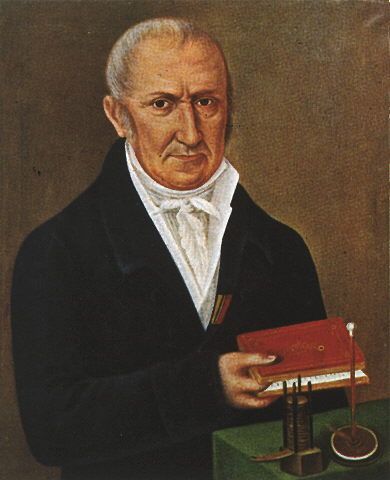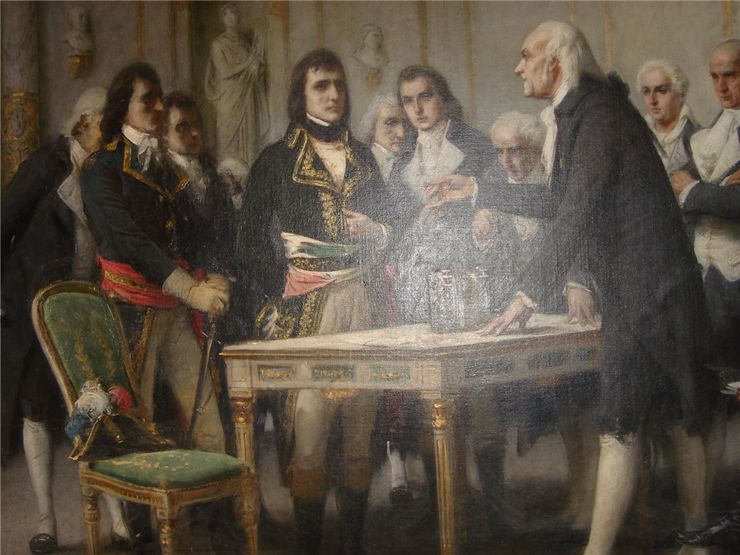Alessandro Volta - Creator of the Battery
Alessandro Volta was an Italian physicist, chemist and inventor that is remembered today as one of the most influential inventors in the history of electrical battery. During his long professional career in which he gave his hand in many interesting fields of electricity, he managed to create first known electric cell and define basic characteristics and laws that govern electricity.
Not much is known about early life of Alessandro Volta. He was born on Alessandro Volta 18 February 1745 in Como, Duchy of Milan, which is today located close to the border between Italy and Switzerland. At the age of 29 he became physic professor at the Royal School in Como, where he worked on several interesting inventions. Most notably, he worked on advanced design of electrophorus (device that produced and channeled static electricity) and he discovered gas Methane (located it in Italy, isolated it in the lab, and tested its abilities such as flammability and reactivity). Before rising to the position of the professor at the University of Pavia in 1779 he also studied abilities of electricity, spending a lot of time testing electrical potential (V) and charge (Q).
Events leading up to the discovery of first electrochemical cell involved interesting revelation made by Luigi Galvani, an Italian physicist who noticed that legs of dead frog twitched when in contact with electrical spark. This earliest example of bioelectricity enabled Alessandro Volta to correctly identify the basic elements that are needed for electric battery. He created that battery in 1800, with all materials taking advantage form electrochemical processes that wanted to balance chemical potential between cathode and anode, leading to the flow of ions that could be rerouted out of that closed system. He used zinc and silver, electrolyte was either saltwater brine or sulfuric acid. Even though his initial design was unsafe to use (mostly because of very dangerous sulfuric acid) and it loosed charge because of the accumulation of the hydrogen on the surface of zinc electrode.
Unveiling and promotion of his battery (which was named “voltaic pile”) had very significant impact to the history of electricity. Numerous scientists from all around the world managed to quickly improve his designs, find new materials from which more powerful and longer lasting batteries can be created, and start devising first devices that can take advantage from battery-provided electricity.
In 1819 Alessandro Volta retired to his estate in Como, Italy, where he died 8 years later. His work brought him a lot of fame and awards, most notably he was knighted by Napoleon Bonaparte, and his face was depicted on the Italian 10,000 lira note which is currently not in circulation.

